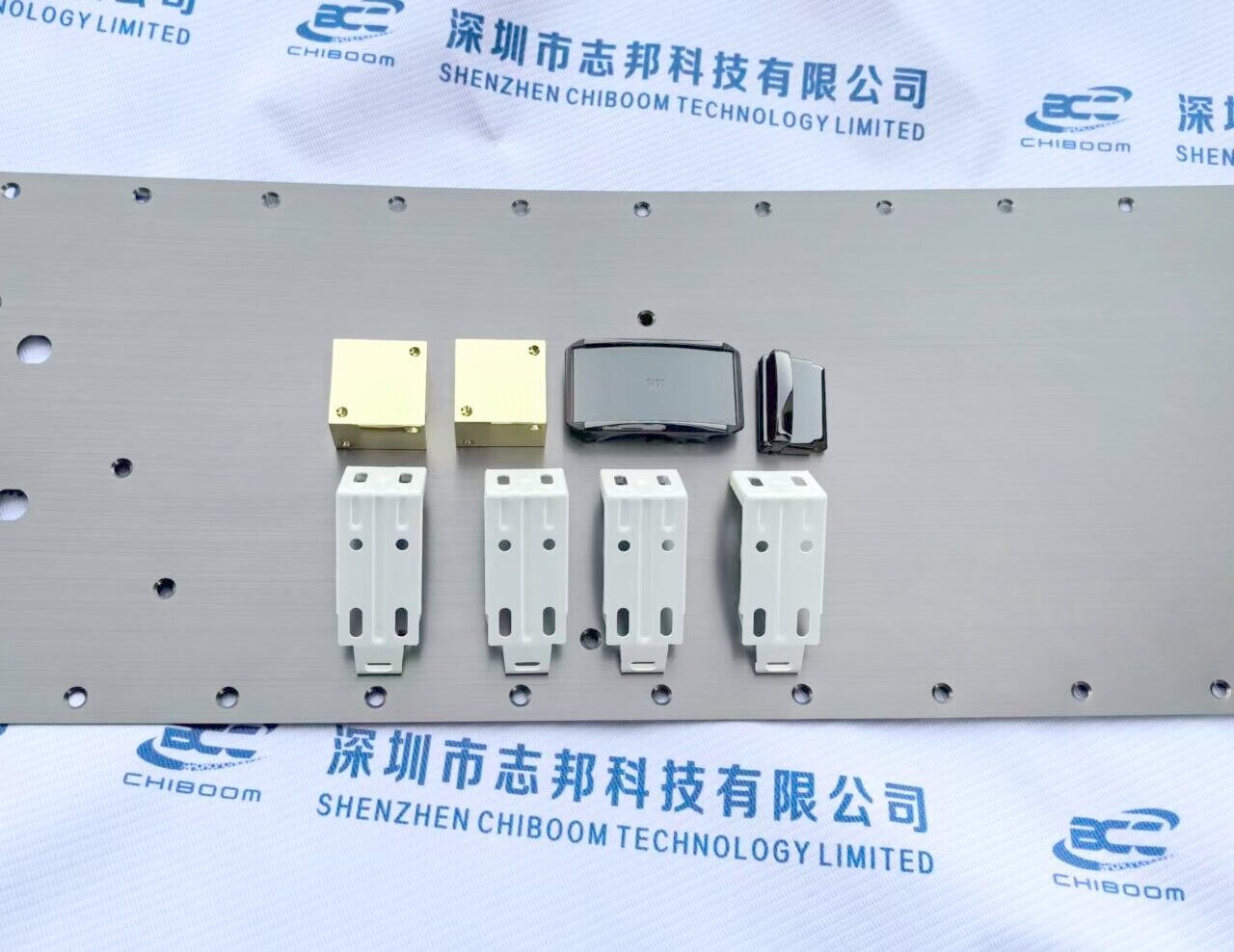What are the types of electrophoretic paint classification?
A Detailed Classification of Electrophoretic Paints
Electrophoretic paint, also known as electrophoretic coating, is a type of paint that forms a uniform coating on the surface of a workpiece through the electrophoretic principle under the action of an electric field. With the continuous development of electrophoretic technology, electrophoretic paints are constantly being updated and improved, from the initial anodic electrophoretic paint to cathodic electrophoretic paint, and from single-component electrophoretic paint to two-component electrophoretic paint. The classification of electrophoretic paints has also gradually become richer. This article will provide a detailed introduction to the classification of electrophoretic paints.
I. Classification by Electrode of the Coated Workpiece
Anodic Electrophoretic Paint
Anodic electrophoretic paint refers to electrophoretic paint where the coated workpiece serves as the anode during the electrophoretic coating process. Under the action of an electric field, negatively charged particles in the paint move towards the coated workpiece (anode) and form a coating film on its surface. Anodic electrophoretic paint is mainly suitable for surface coating of metal materials and has good corrosion resistance and decorative properties.
Cathodic Electrophoretic Paint
Cathodic electrophoretic paint refers to electrophoretic paint where the coated workpiece serves as the cathode during the electrophoretic coating process. Contrary to anodic electrophoretic paint, positively charged particles in cathodic electrophoretic paint move towards the coated workpiece (cathode) and form a coating film. Cathodic electrophoretic paint has a uniform and delicate coating film with good decorative and protective properties, thus it is widely used in industries such as automobiles and home appliances. Cathodic electrophoretic paint can be further classified into epoxy electrophoretic paint, acrylic electrophoretic paint, and polyurethane electrophoretic paint.
(1) Epoxy Electrophoretic Paint: It has excellent salt spray resistance and deep hole penetration ability, suitable for primer anti-corrosion and general-purpose metalwork surface coating.
(2) Acrylic Electrophoretic Paint: It is used as a transparent electroplated protective layer and can be adjusted to rich colors by adding different color pastes, mainly used for surface treatment of various metals.
(3) Polyurethane Electrophoretic Paint: It is widely used in fields such as machinery, electronics, shipping, aviation, and vehicles, with high abrasion resistance, weather resistance, and corrosion resistance.

II. Classification by Ion Form of Film-forming Substance in Water
Anionic Electrophoretic Paint
Anionic electrophoretic paint refers to electrophoretic paint where the film-forming substance exists in the form of anions in water. Under the action of an electric field, anions in the paint move towards the coated workpiece to form a coating film. Anionic electrophoretic paint has good water resistance and corrosion resistance.
Cationic Electrophoretic Paint
Cationic electrophoretic paint refers to electrophoretic paint where the film-forming substance exists in the form of cations in water. Under the action of an electric field, cations in the paint move towards the coated workpiece to form a coating film. Cationic electrophoretic paint has excellent decorative and weather resistance properties.
III. Classification by Water Dispersion State
Single-component Electrophoretic Paint
Single-component electrophoretic paint refers to electrophoretic paint that can be used directly without adding other components during use. This type of electrophoretic paint has the advantages of convenient use and lower cost.
Two-component Electrophoretic Paint
Two-component electrophoretic paint refers to electrophoretic paint that needs to be mixed with another component (such as a curing agent) before use. Two-component electrophoretic paint has a higher curing temperature and faster curing speed, and the resulting coating film has better hardness and abrasion resistance.
IV. Classification by Film Thickness
Thin-film Electrophoretic Paint
Thin-film electrophoretic paint forms a relatively thin coating film, which is often used for products requiring high surface smoothness and decorative properties.
Medium-to-thick Film Electrophoretic Paint
Medium-to-thick film electrophoretic paint forms a coating film of moderate thickness, which has both decorative and protective properties, widely used in the surface coating of various metal products.
Thick-film Electrophoretic Paint
Thick-film electrophoretic paint forms a thicker coating film, mainly used for products requiring high protective performance, such as ships and bridges.
In summary, the classification of electrophoretic paints is diverse, and different classification methods are suitable for different application scenarios. When selecting electrophoretic paint, enterprises should comprehensively consider factors such as their product characteristics, coating requirements, and cost budget to choose the most suitable type of electrophoretic paint.





 WeChat
WeChat